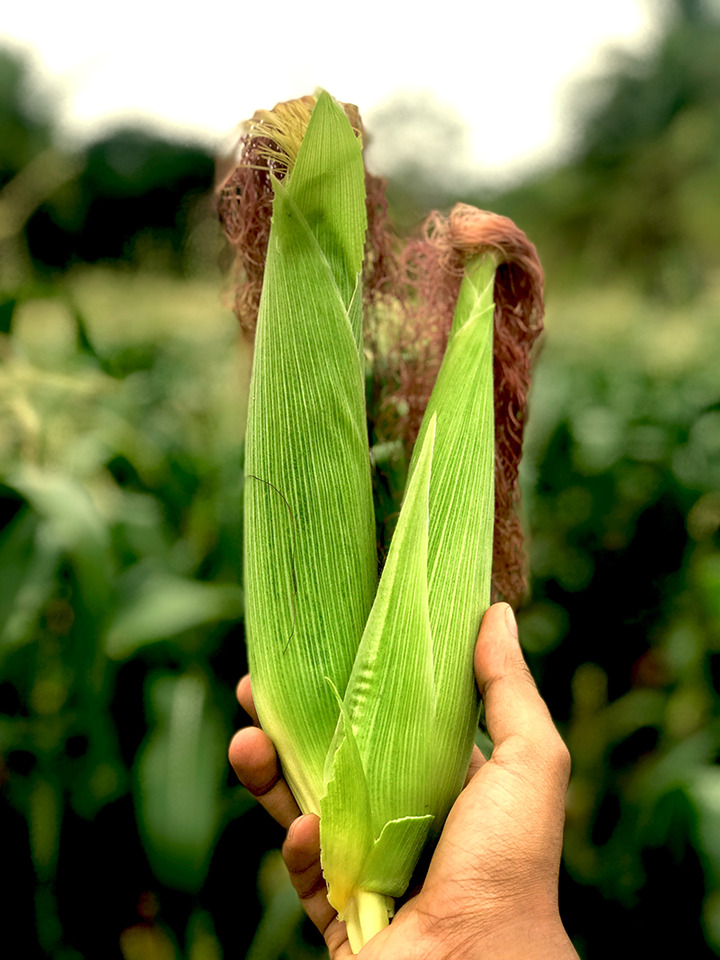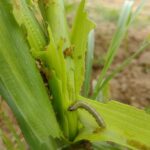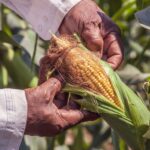Corn is a crop of high importance throughout the world, it is the cereal with the highest production. According to the FAO, worldwide, the 3 largest producers are the United States of America, China and Brazil, the first place of production, the United States of America, in 2019 produced an amount of 347,047,570 tons of grain, in an area of 32,950,670 of hectares, this yields a calculated yield of 10.53 tons per hectare.
Mexico obtained, in 2019 (FAO), the eighth place of production, with a volume of 27,228,242 tons, produced in 6,690,449 hectares, this results in a yield of 4.06 tons for each hectare planted, a figure below half of the leader, United States of America.
The main producing Mexican states are Sinaloa (22%), Jalisco (14%), Mexico (8%), Michoacán (7%), Guanajuato (6%), Guerrero (5%), Veracruz (5%), Chiapas ( 5%), Chihuahua (4%), Puebla (4%) and the rest of the States represent the remaining (20%).
However, by 2021, corn production in Mexico will not exceed 24 million tons, a figure significantly lower than that forecast by the Government (Expansión, 2021).
In Mexico, maize cultivation is attacked by 53 species of insects at different stages of development that can significantly reduce yield, but approximately 20 insect species are called the most important pests, of which 13 species attack the aerial part of the plant. and 7 are root pests (CESAVEG, 2010), among these pests Helicoverpa zea stands out, which is a pest of economic importance, since it directly attacks the fruits, reducing the quality of corn and causing a drop in grain yield.
Fruit Worm (Helicoverpa zea)
The adult is a straw-yellow moth with a nearly circular dark spot near the center of the forewings. The moths lay their eggs on the tender leaves of the corn. Each female lays up to 3,000 eggs. The larvae have six instars. They present on the back a dark stripe with micro-thorns, divided by a clear line. The larva in its last phase of development falls to the ground to pupate at a depth of 3 to 20 cm (CESAVEG, 2010).

Opportune moment of control: when observing the first laying of eggs in the baby corn […] (CESAVEG, 2010).
Management of Fruit Worm (Helicoverpa zea)
Management strategies: The application of Bioinsecticides such as Biotech BMI is recommended, for the biological control of the pest, and botanicals such as Cinnamix, both products on the baby corn with egg laying and on the entire plant.
 AgronoBlog – Agriculture Blog
AgronoBlog – Agriculture Blog 



